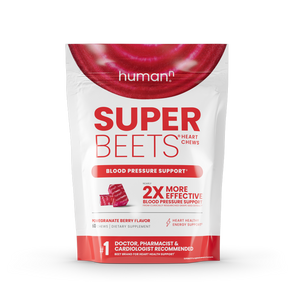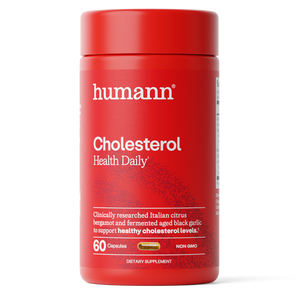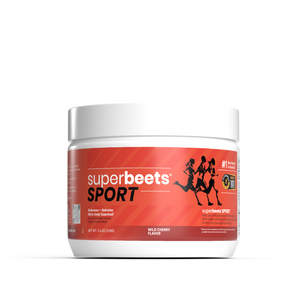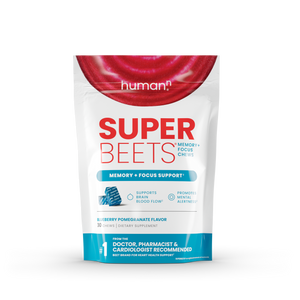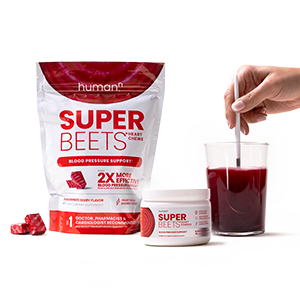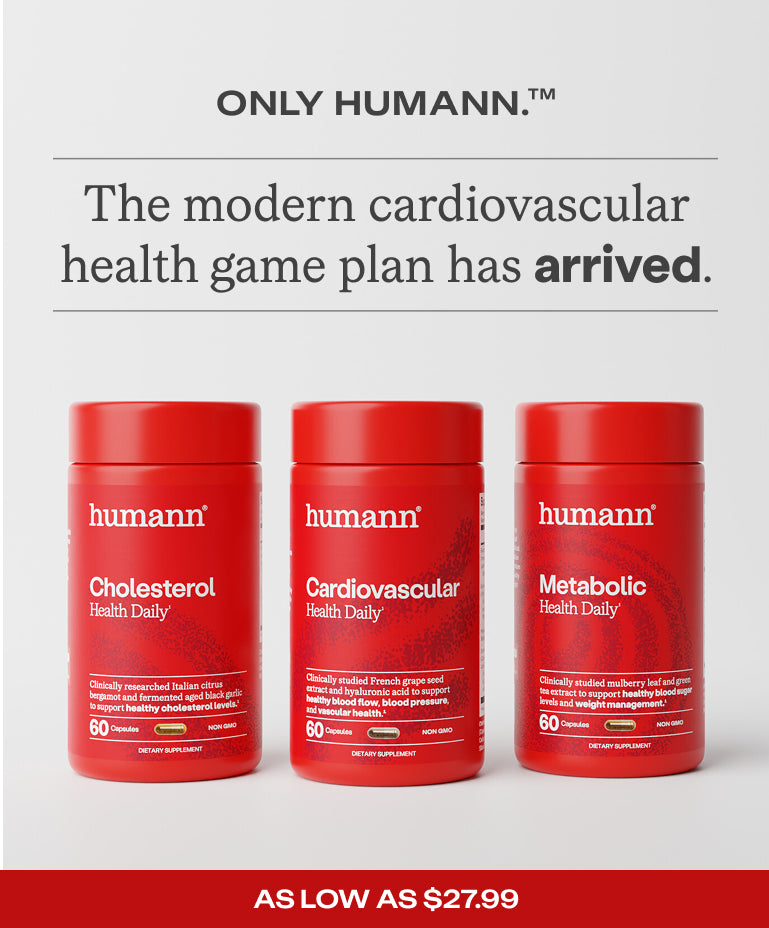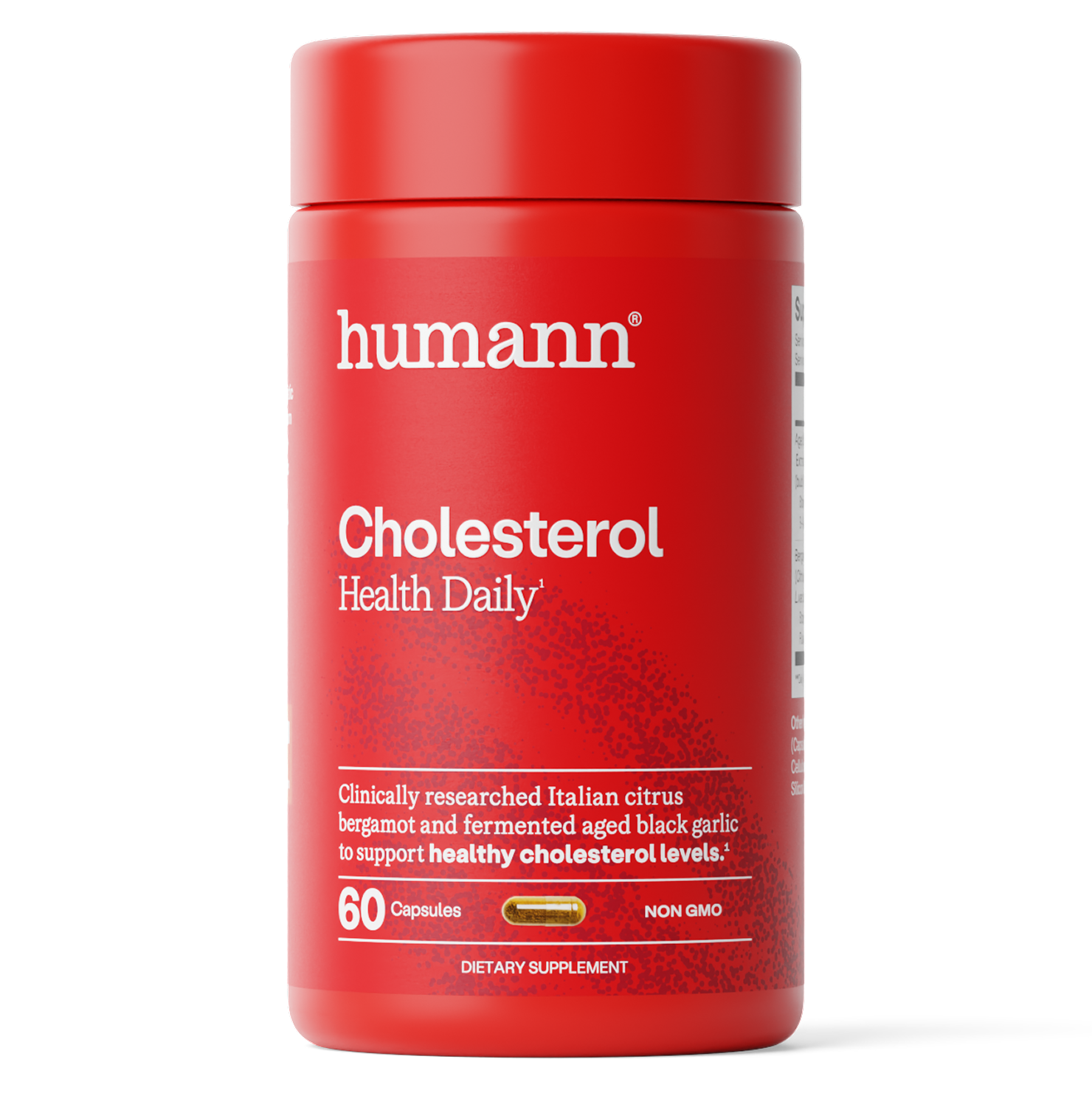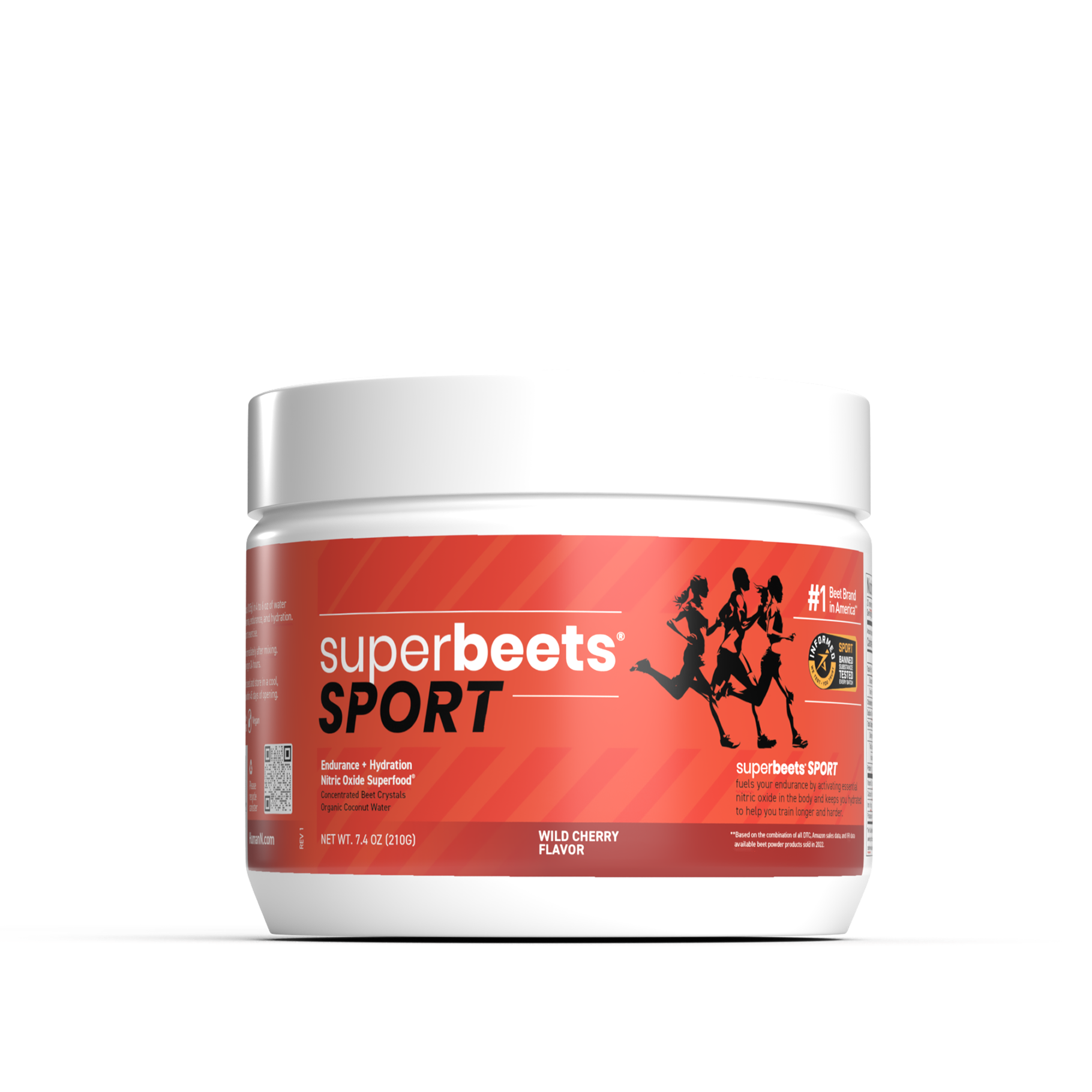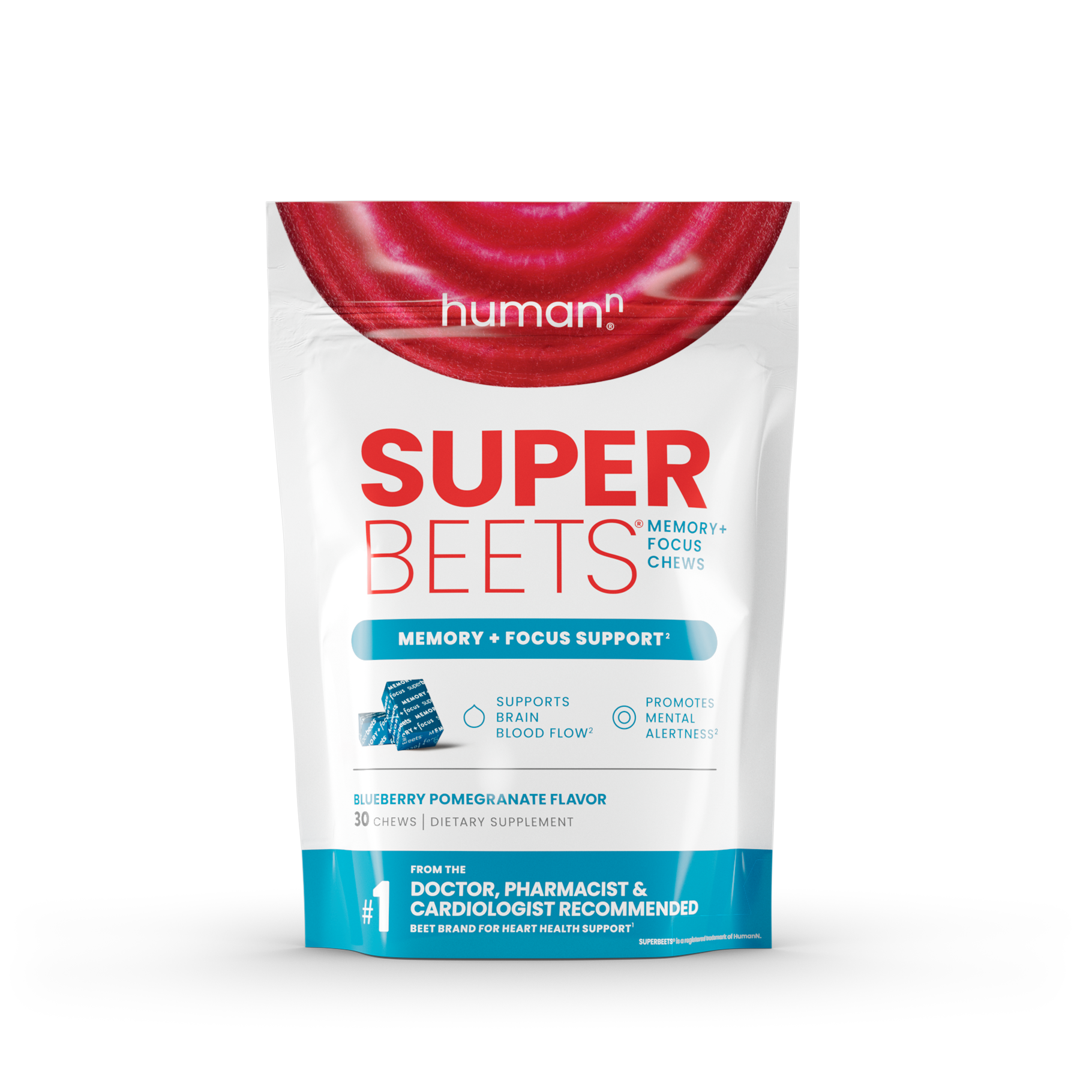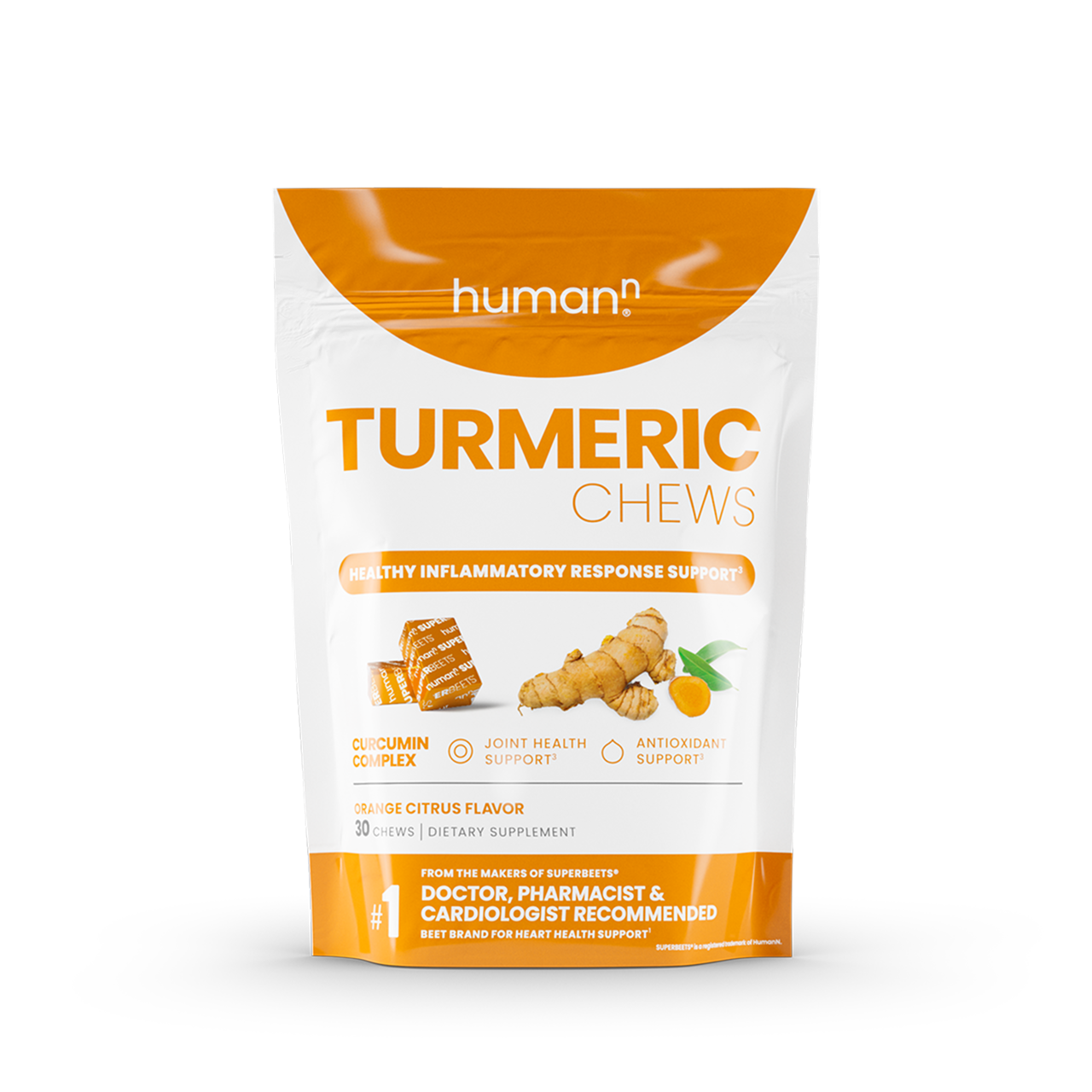Read on to discover why gout is on the rise in the US, and what the research says about tart cherries as a remedy to fight flare-ups and improve symptoms.
The old saying “too much of a good thing” applies to so many aspects of life, but it’s especially true for inflammation.
Inflammation stems from one of your body’s most critical functions – your immune response, where the body seeks to eradicate harmful invaders. Sometimes inflammation becomes a chronic issue though, even when there is no foreign threat to your body.
Major diseases such as heart disease, arthritis, cancer, diabetes, depression, and Alzheimer’s have all been linked to chronic inflammation. Fortunately, one of the best things you can do to combat this is to make changes to your diet to include anti-inflammatory foods, such as green leafy vegetables, olive oil, and nuts. Often this is the first line of defense when it comes to addressing chronic inflammation.
There may be another culprit behind painful, arthritic joints and inflammation, however, that you may not have heard about: your uric acid levels.
Before diving into the science behind the uric acid problem and why it should be on your radar though, first let’s talk about the painful inflammatory condition high uric acid levels can cause: gout.
What Is Gout? (Hint: It’s Painful Joint Inflammation)
Famously known as the “disease of kings”, gout is the most common type of inflammatory arthritis. Once thought to only afflict those fortunate enough to indulge in decadent food and drink, gout occurs when uric acid crystallizes in the joints, causing pain, inflammation and swelling.
These uric acid crystals are a result of the natural breakdown of purines – a class of chemical compounds found in all foods.
While impossible to avoid purines entirely, there are foods higher in purines than others. Red meat, seafood, sugar, high fructose corn syrup, alcohol, and sodas are heavily associated with an increase in uric acid production in the body. This increase also raises an individual’s risk of gout.¹
Gout Is On The Rise In America
Cases of gout have increased in the United States in the past 50 years. Approximately 9.2 million Americans (4% of the population) have been diagnosed with gout at least once, and this number is likely low – as many people never seek medical treatment. Gout affects more men than women, likely because men have higher uric acid levels.
Additionally, increasing medical evidence links gout to metabolic syndrome – a cluster of health conditions characterized by high blood pressure, excess body fat around the waist, high fasting glucose (blood sugar), high triglyceride levels (150 m/dL or higher), and low HDL cholesterol (“good” cholesterol).² With this in mind, it is little surprise the rise in gout has accompanied the rising obesity rate – obesity is a major indicator of metabolic syndrome.
High Uric Acid Levels Increase Risk of Inflammation and Gout
As discussed above, uric acid is a natural byproduct from the metabolizing of foods that contain purines. Normally, your body flushes out uric acid through your kidneys and urine. However, if you consume too many purine-rich foods such as red meat, sugar, seafood, and alcohol – your body can’t “flush” out uric acid quick enough, and it can build up in your blood (a condition called hyperuricemia).
Fructose and high fructose corn syrup are especially problematic, as they substantially increase intracellular uric acid production. Fructose consumption has increased in recent decades, mainly due to the widespread use of high fructose corn syrup as a commercial sweetener.³
Hyperuricemia increases risk of gout via uric acid crystallization, which can spontaneously occur at a concentration of 6.8 mg/dL. ³

How To Lower Uric Acid Naturally: Tart Cherries for Inflammation Relief
Millions of people have turned to tart cherries as a home remedy for painful arthritis and gout flares dating back to at least 1950, when the first medical findings related to gout were published.⁴
Researchers have tested different quantities of several cherry varieties in nearly every form, from juice to extracts to pills. Although most studies are small and the findings preliminary, there is growing evidence cherries (and tart cherries in particular), have real inflammation and metabolic health benefits.
In perhaps the most promising study, Boston University Medical Center studied 633 participants, giving them at least 10 cherries a day for just 2 days. The result was a 35% lower risk of gout attacks compared with the group that ate no cherries.⁵
This experiment was replicated using cherry extract instead of the whole fruit, and the findings were similar.
Tart Cherries Are An Antioxidant Powerhouse
Tart cherries are extremely rich in antioxidants. They help reduce uric acid levels in the body naturally by way of their pigments, called anthocyanins.
Anthocyanins are anti-inflammatory, which means they both help reduce the swelling and joint pain that come with a gout flare-up, and can significantly reduce uric acid levels in the blood. The anthocyanins in tart cherries are largely responsible for their bright red coloring. Sweet cherries, on the other hand, tend to darken soon after harvesting and have lower anthocyanin content.⁶
Who Can Benefit From Tart Cherries
As we’ve discussed, tart cherries are one of nature’s most powerful ways to reduce inflammation, especially inflammation caused by gout, which is on the rise in America. Because gout is increasingly associated with every marker of metabolic syndrome (due to high uric acid levels), there is emerging evidence that tart cherries can support your metabolic health, as well.
Tart Cherries, either in whole fruit or in the form of a high-quality supplement, can be beneficial for you if:
- You’re dealing with joint pain, inflammation, or gout
- You have high blood pressure
- You display markers of metabolic syndrome including: high blood sugar, excess abdominal fat, high triglyceride levels, or low HDL cholesterol
- Your diet could use more potent antioxidants
- You’re interested in promoting muscle recovery after exercise
If after reading this article you fit any of the criteria listed above, you may benefit from adding tart cherries to your diet. If the high sugar content is a concern, you can look for a reduced sugar or sugar free supplement providing a concentration of anthocyanins, proanthocyanins, and phenolic acids.
Sources:
